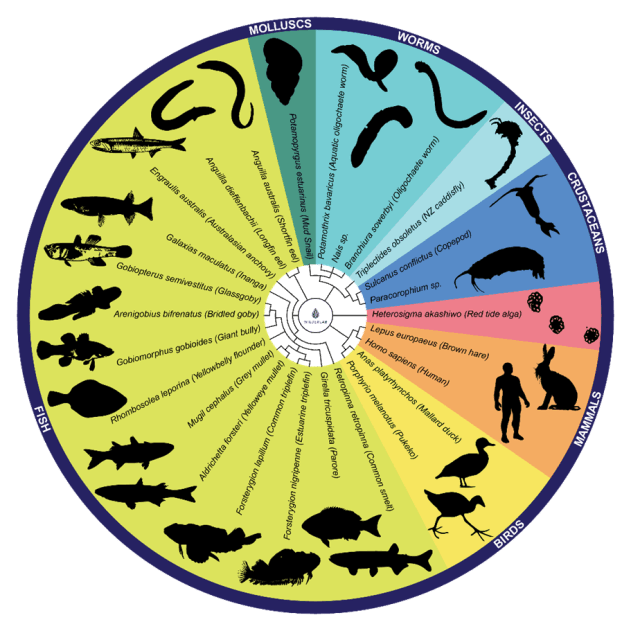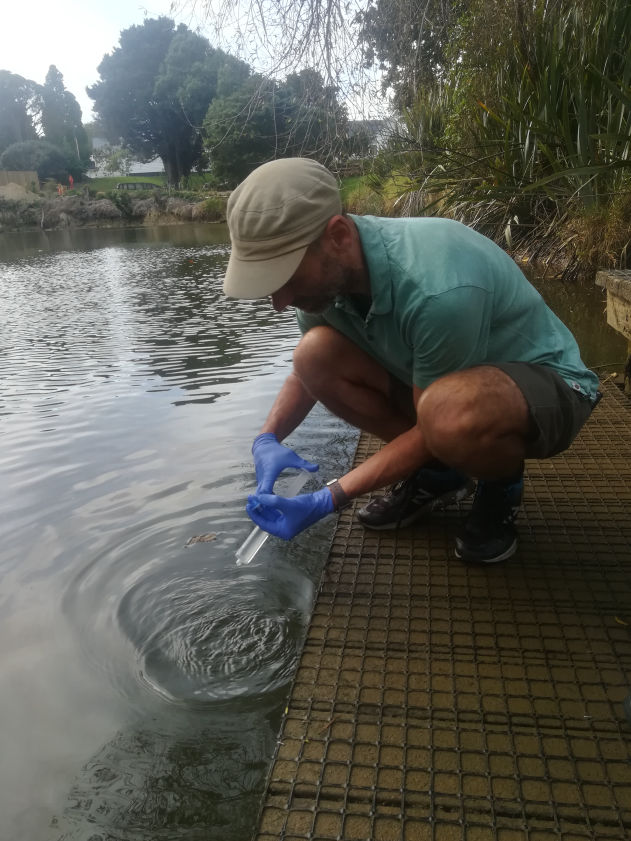Eco-detectives at work: water sampling & eDNA.
In March 2022, the Waipu Waters team, part of the Piroa Conservation Trust, took a deep dive into the mysteries of the Waipu River catchment using Wilderlab Environmental DNA (eDNA) testing. Their mission? To get an idea of the state of five waterways and establish a baseline for future comparisons.
With just a cup of water, eDNA allows the identification of a wide range of species, ranging from fish and macroinvertebrates to birds, mammals, reptiles, amphibians, plants, fungi, bacteria and other organisms. This cost-effective method offers valuable insights into species distribution across time and space, aiding in monitoring biosecurity threats and understanding fluctuations in ecosystem health.
The team conducted the tests after a 10-day dry spell following heavy rain weeks prior. Each site was reasonably clear, except for the North River site, which was quite turbid. Eels were observed at all sites except Noth River. Notably, during a subsequent visit to the Millbrook Stream test site, a Parore was spotted feeding off algae on rocks, even though its DNA wasn’t detected in the eDNA samples.
Image: Biodiversity Wheel of Life – a visual representation of identified species, ordered according to their closest genetic ancestors.

